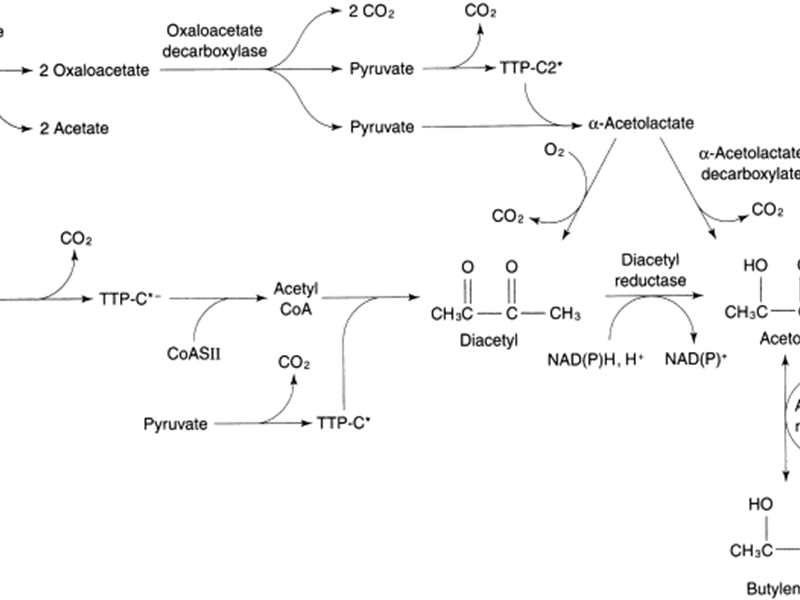Why is malolactic fermentation important in fine wine making?

History, culture and personality all have a role to play when it comes to fine winemaking, but as well as numerous intangible influences, the science behind modern viticulture and vinification can be used to give more tangible, demonstrable reasons why some wines and winemakers earn a place in the very top rank. We will talk about some of these in our series of occasional blog posts on fine wine. Today, we look at how malolactic fermentation can be used to influence fine wine styles.
Malolactic fermentation, or MLF for short (also referred to as ‘le malo’ in French) takes place after the primary fermentation is complete. This secondary fermentation converts malic acid into lactic acid, giving a smoother, creamier texture and a more complex flavour profile.
The process is carried out by lactic acid bacteria, typically Oenococcus oeni, that consume malic acid and produce lactic acid and carbon dioxide as by-products. The bacteria thrive in warm temperatures, usually between 15-23°C, and require a pH level of around 3.2-3.5 to be effective. The winemaker can encourage or inhibit MLF by controlling these conditions.
The effect of MLF on wine quality can vary depending on the grape variety, winemaking techniques, and the desired style of the wine. In general, MLF can improve the wine's texture, reduce acidity, and add a creamy, buttery flavor.
However, MLF can also have negative effects on wine quality if not properly managed. If the bacteria responsible for MLF are not well controlled, they can produce off-flavors or spoil the wine. Overly acidic wines can also negatively impact MLF, as the bacteria require a certain level of acidity to thrive.
Chardonnay: Chardonnay is perhaps the most well-known example of a wine that benefits from MLF. It can take on a creamy, buttery texture and flavour, which is a hallmark of many Chardonnays. This process helps to balance the wine's natural acidity and can give it a more rounded, full-bodied mouthfeel.
In the case of Pinot Noir, MLF might be used to soften the wine's acidity and give it a smoother, silkier texture. MLF can also help to bring out the fruit flavors in Pinot Noir and give it a more complex, layered profile.
Syrah often produces rich reds that can be quite tannic in youth. MLF can help to soften the wine's tannins and give it a more velvety texture. It can also help to balance out the wine's natural acidity and give it a more nuanced, complex flavor profile.
Some sparkling wines, particularly those made in the traditional method (like Champagne), undergo MLF. This process can help to add richness and complexity to the wine's flavor profile, which can be especially important in the case of high-quality sparkling wines.
YOU MUST BE 18 AND OVER TO PURCHASE AND CONSUME WINE AND ALCOHOL
